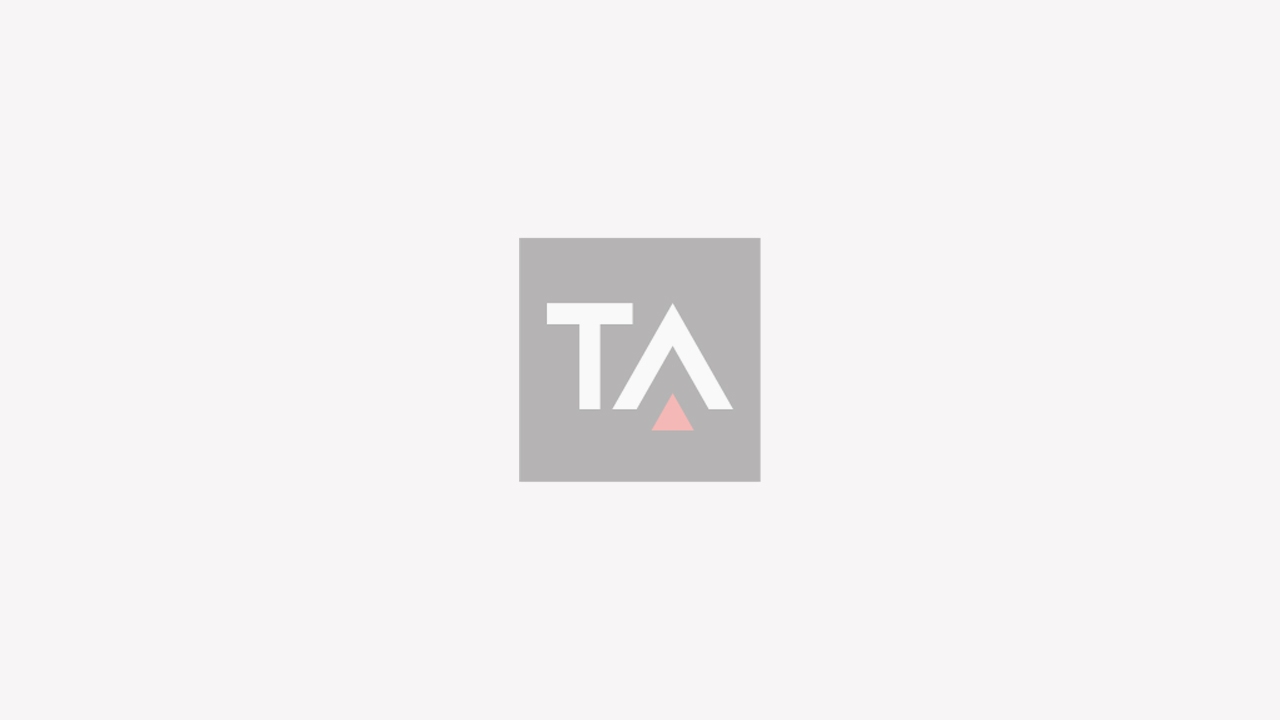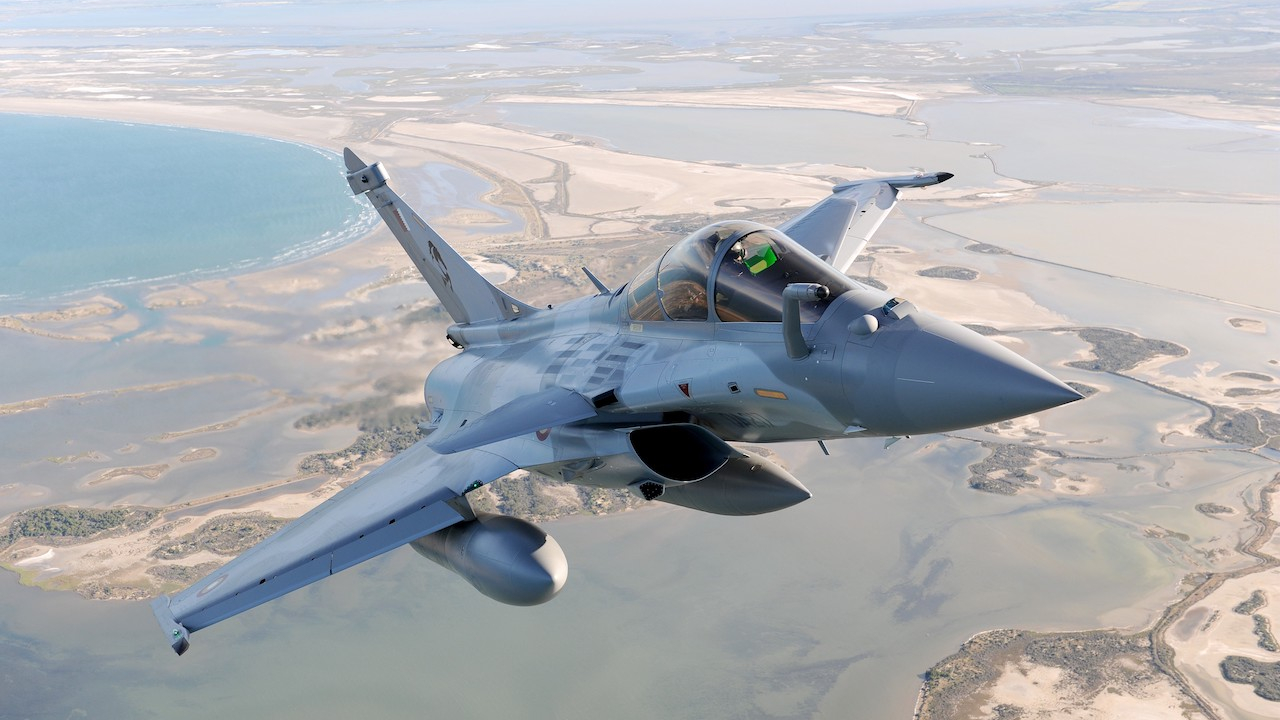Case for the defence at Air Chiefs conference

The noticeable hike in defence expenditure in a few Gulf countries, specifically the United Arab Emirates (UAE), is very much related to continued concerns of a possible regional war between
While some countries in the Gulf littoral opted to deal with the threat of war through downplaying its possibilities and betting more on the success of diplomacy, others appear to have decided not to take any chances and to prepare for the worst.
Besides, the Gulf region has already witnessed three major wars in the past three decades, and hence the chances of another one in light of the current tension should not be ignored and ought to be anticipated and well prepared for.
Recent studies and surveys on global defence spending by international think tanks have placed the UAE high up on their lists. But little was done by these studies to indicate as to why that much was being spent now. Many media outlets and press reports have dealt with the issue in a superficial manner without addressing the subject in a logical and scientific way.
National defence policies that dictate what procurement programmes would be needed for the country are based on several factors, like the national resources, population size, topography of the country, nature and size of borders, and identifying internal and external threats and ways of dealing with them.
• They lack strategic depth;
• They have a sizable shoreline on the western bank of Gulf waters facing
• They are rich in oil on shore and off shore;
• They have small populations;
• They have mostly flat desert landscape with clear skies and high temperature most days of the year;
• They house major Western business and some American military assets.
Lacking geographical depth and sizable manpower with the need to protect strategic assets scattered around the country – as in UAE’s case – requires the country to seek high-tech and top quality defence systems to make up for the existing disadvantages and extend an effective defence umbrella to all of the state’s strategic assets and critical infrastructure. So it is qualitative edge that would make up for quantitative shortages in manpower, especially when facing a far bigger adversary.
It is imperative for the UAE to keep the Strait of Hormuz open, not just for the export of its oil and gas but also for the sustainability of import-export activities after it had become a major regional trade and business hub linking the Western world with
Being host to many huge multinational companies and some Western military assets (French and US) the UAE – and other Arab Gulf States – could find itself on the receiving end of Iranian ballistic or cruise missiles and could be the target of terrorist attacks by extremists sneaking in from the vast land or sea borders. Therefore, the UAE needs a robust border control system made up of cameras and sensors integrated together with a command and control centre and backed by fleets of reconnaissance airplanes and coastal patrol boats. In 2008, the UAE embarked on a multi-million-dollar high-tech project to consolidate the security of its borders.
The UAE also needs a robust integrated missile defence system capable of achieving the following objectives:
• Track and intercept incoming ballistic missiles on all tiers – high, medium and low altitudes;
• Provide strong early warning from the minute the incoming missile is launched to allow maximum time to achieve interception;
• Provide a counter-force that allows the armed forces to go after missile launchers and other military targets of the adversary.
After at least ten years of studies and going over tenders offered by several international defence companies, the UAE opted, at the start of 2009, to select a full multi-tier system with a good early warning as well as counter-force capabilities.
It became the first foreign country to purchase the Theatre High Altitude Air Defence (THAAD) system for high-altitude (above atmosphere) interceptions, with the advanced Patriot PAC-3 missiles for low-to-medium altitude interceptions and advanced radars – airborne and land-based – for early warning.
Moreover, the UAE has just completed taking delivery of 80 F-16 Block-60 jetfighters that are operating alongside 60 Mirage 2000-9 warplanes, making the UAE Air Forces a formidable power with the capability to deliver a strong punch to any adversary using an array of highly-lethal and accurate stand-off weapons. The UAE is also procuring six multi-role Baynunah-class corvettes, built by Abu Dhabi Ship Building Company (ADSB), that will play a role in protecting the shoreline and the country’s economic zone.
All of the above systems would be suitable to give a small-size army a considerable deterrent posture, and a superior defence capability against air-borne and sea-borne threats plus terrorism.
The oil boom, prior to last year's economic crisis, has enabled the UAE to save enough monies to purchase the required systems. Even with the economic crisis, the UAE seems to have felt the pressing need to keep its military preparations, just in case of the worst, because getting caught off guard in a regional war would have more devastating consequences on the country than spending to be ready in advance.
Worldwide historical experiences have often proven that foreseeing possible threats and preparing well for them is always wiser, because it does not only provide a better protection in times of war, it also increases the confidence of foreign investors in the country.
Therefore, the UAE’s decision to spend more on defence matches its heightened threat perceptions and appears to be directed towards meeting the kinds of threats it could be facing in the future.
Besides, the size of economic growth in the country – which was slowed by the international financial crisis but did not stop – also proves that defence spending has not been done at the expense of socio-economic development.
• INEGMA is a globally-respected think tank based out of
Stay up to date
Subscribe to the free Times Aerospace newsletter and receive the latest content every week. We'll never share your email address.

